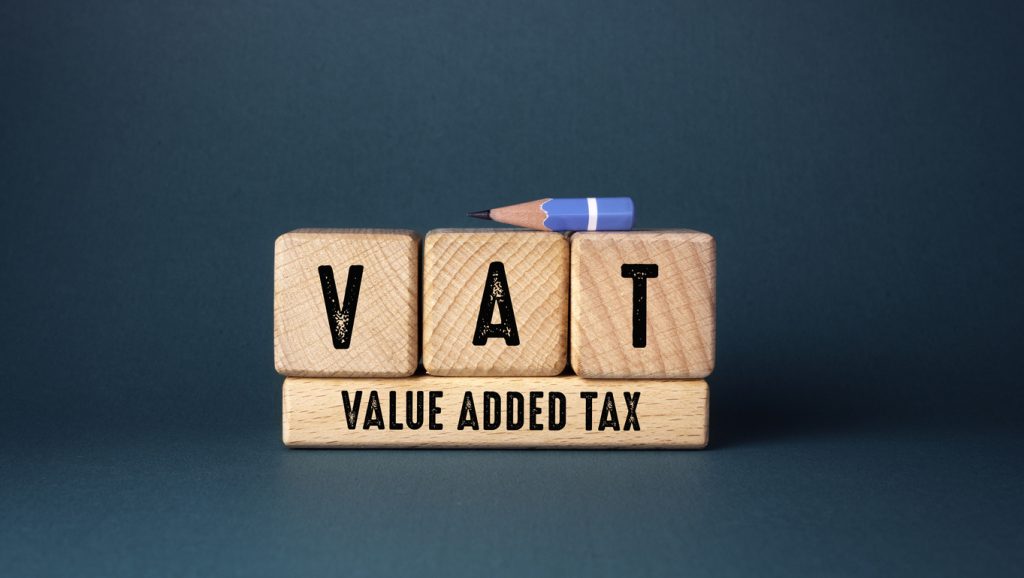
Get in Touch
Our team of accountancy experts are available to speak to you as soon as possible. You can also email us or complete the contact form and one of the team will be in touch.
The marginal tax rate is the percentage that shows how much tax you’ll pay on an extra £1 of income earned. For example, the marginal tax rate might be 40% for someone who earns £60,000 a year, as every extra pound costs 40p in Income Tax.
The amount of Income Tax you’ll owe in a given tax year depends on two factors:
- Income that falls into your personal allowance (PA)
- The amount of remaining income within each tax band
Marginal tax rates are important as they ensure that lower earners pay a reduced proportion of their income in taxes in comparison to higher earners.
What are the Income Tax rates and bands for 2023/24?
Your marginal tax rate is all based on your tax bracket, which can be:
0% if you earn under £12,570
20% if you earn between £12,571 and £50,270
40% if you earn between £50,271 and £125,140
45% on any earnings beyond this
Once your income reaches £125,140, you’ll start to lose your tax-free personal allowance.
Why are marginal tax rates important?
Knowing your marginal tax rate is especially important if you’re self-employed because you need to know how much extra tax you’ll pay if you start earning more money. Because sole traders and freelancers pay tax during Self Assessment, they have to calculate how much money they need to set aside each month for their annual tax bill. Knowing their marginal tax rate helps them to understand how much they’ll end up paying when they complete their tax return.
Frequently Asked Questions
-
I pay my tax via Self Assessment - when is the deadline?
There are two important deadlines for you to remember if you pay your tax via a Self Assessment tax return.
You must register for Self Assessment by the 5th October following the end of the relevant tax year, and then must submit your Self Assessment in full by the 31st January.
-
If I earn £50,500, am I paying 40% tax on my whole income?
Not at all! The first £12,570 that you earn will be tax free, then anything between £12571 and £50,270 will be taxed at 20% and you’ll only pay 40% on the earnings above £50,271. That being said, you will likely be charged 1/12 of your annual tax every month to keep your earnings consistent. For information about this, check with your employer or contact our team for a consultation!
Search More Terms
View our latest news & insights






